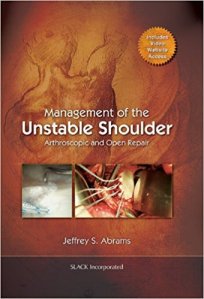Joints of the Shoulder
As an orthopaedic surgeon with Aurora Advanced Orthopaedics in Milwaukee, Wisconsin, Dr. Mark Wichman draws on particular experience in shoulder stabilization. Dr. Mark Wichman has taught on this subject at the American Academy of Orthopaedic Surgeons’ annual meeting and is a chapter author for the book, Management of the Unstable Shoulder: Arthroscopic and Open Repair.
The shoulder mechanism exists at the intersection of the humerus, the clavicle, and the scapula. The articulation among these three bones, which also connect with the ribs and spine, form the joints of the shoulder.
The glenohumeral joint presents where the head of the humerus, or upper arm bone, fits within a concave depression of the humerus, or shoulder blade. This articulation forms a ball-and-socket interface. This is the main location of a shoulder dislocation, where the ball of the humerus pops out of its articulation with the glenoid socket of the scapula.
There are also smaller joints, with less range of motion, in places where the clavicle articulates with the scapula and sternum. The sternum, or breastbone, meets the clavicle at the sternoclavicular joint, located at the base of the neck. The more distal end of the clavicle, meanwhile, meets a bony projection of the sternum known as the acromion at the acromioclavicular (AC) joint. It is trauma at this joint that is referred to as a shoulder separation.
The fourth joint of the shoulder lies at the back of the body, where the scapula articulates with the ribs. This is known as the scapulothoracic joint and is not always included in the category of shoulder joints, though it does involve the motion of the shoulder blade.
